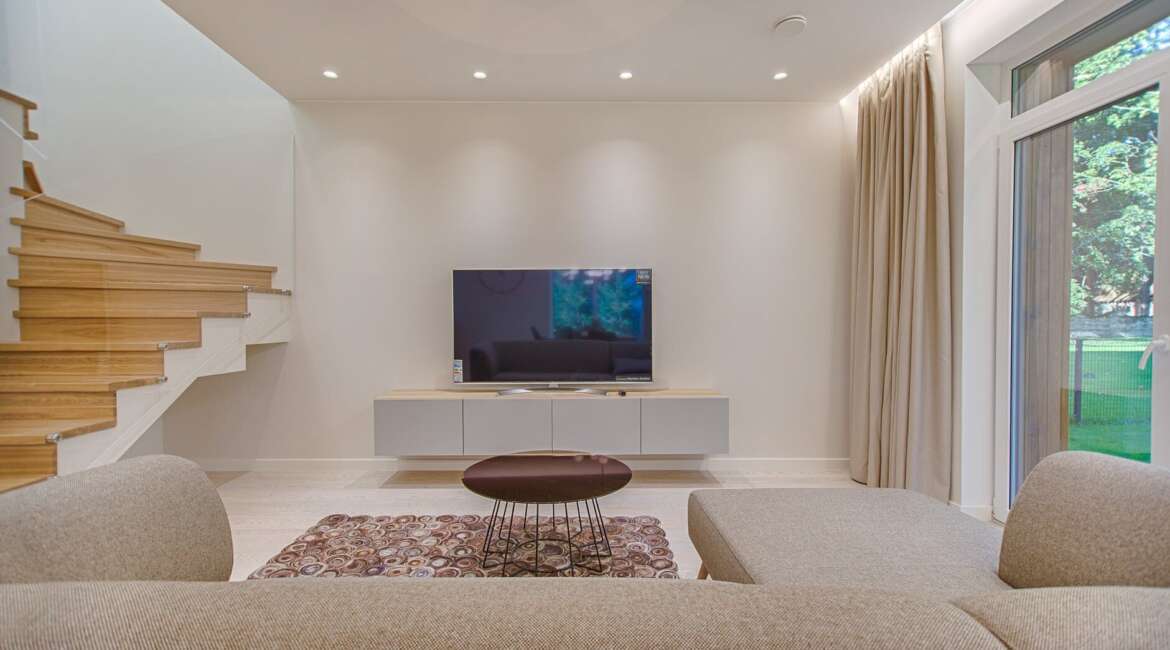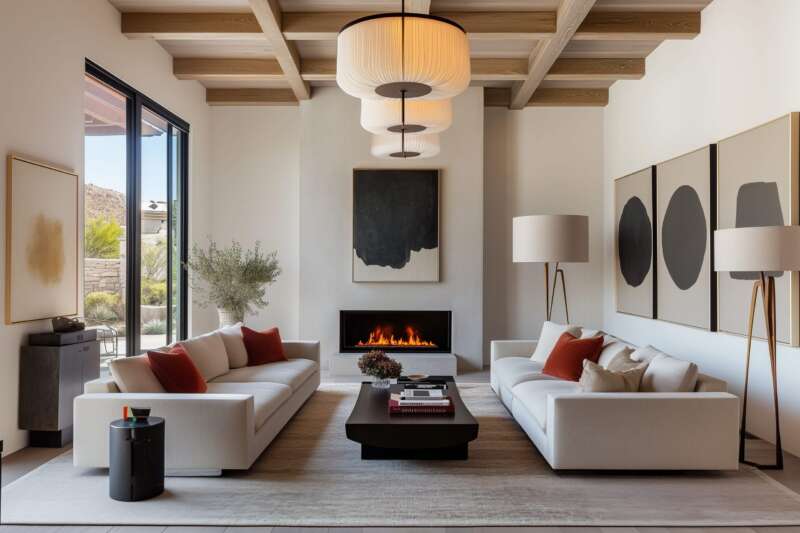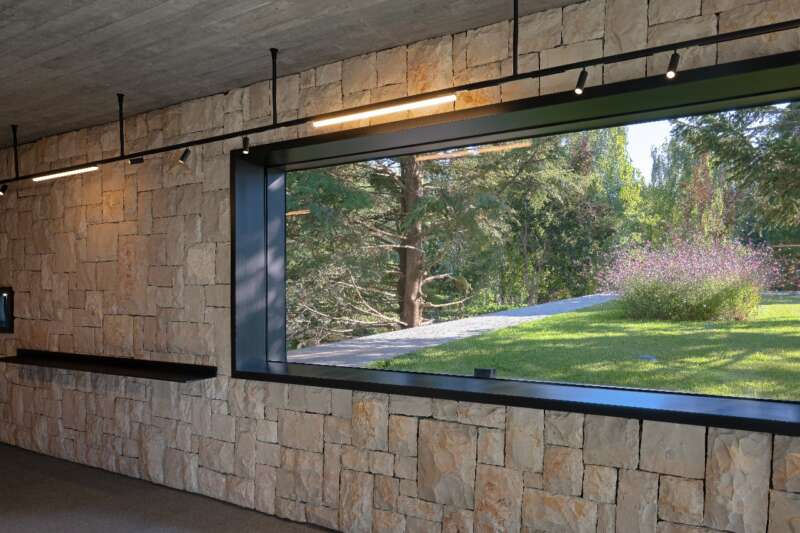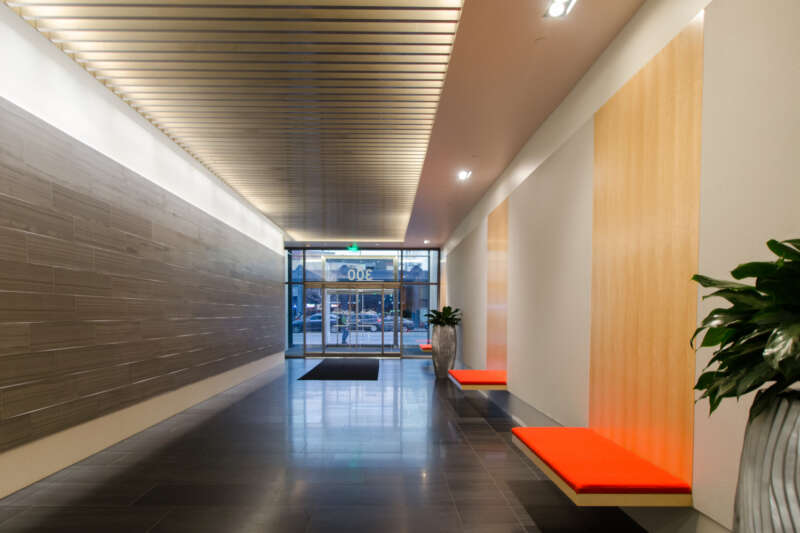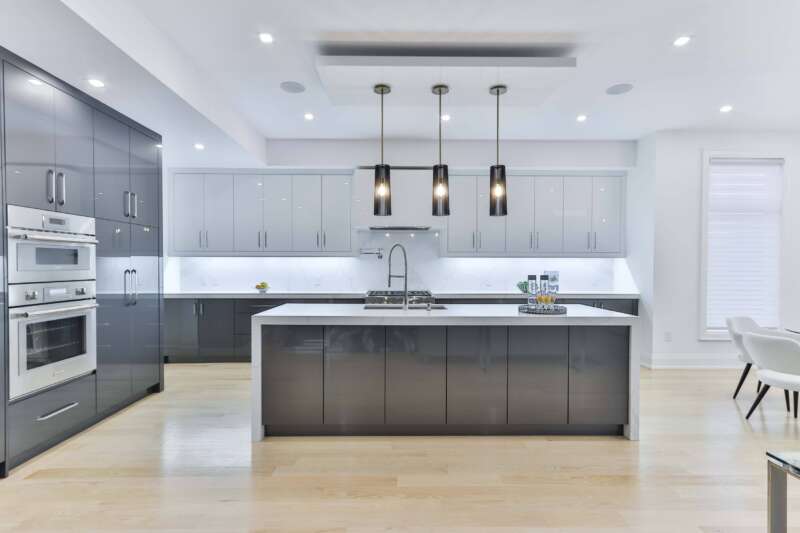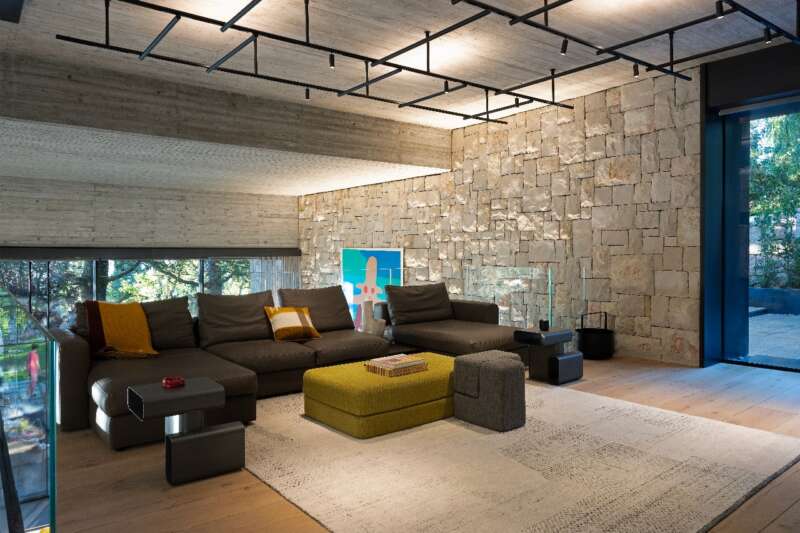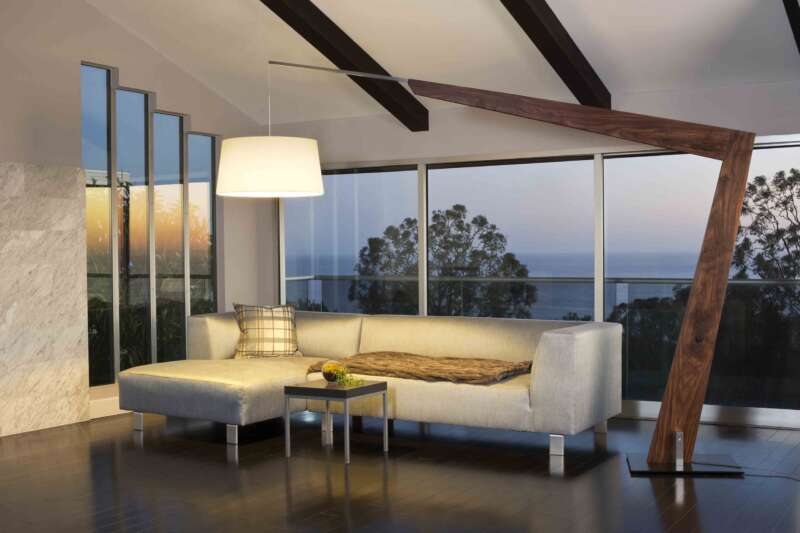Things to Know Before Installing Recessed Lighting in Your Home
Before tackling a recessed lighting installation in your home, however, it’s important to figure out which kinds of lights to use and where they’ll go.
Recessed lighting can be found in virtually all types of homes, and for good reason. It beams light downward, illuminating a whole room without invading sight lines or snagging any usable square footage.
Also referred to as can lights or downlights, these fixtures comprise a bulb within a circular enclosure (the “trim”) that usually measures between 4 and 6 inches wide and reflects light downward into the room.
Whether you need task lighting above a desk or counter top or accent lighting to brighten a dark corner, recessed lighting can deliver. But it’s not quite as simple as choosing a wattage and bulb type; many factors go into creating the final effect. Here’s what to consider before tackling a recessed lighting installation project at home.
Recessed Lighting Layout
Starting with a well-planned recessed lighting layout will result in the best lighting effect. The design should include the configuration of the lights and specify the type of lights being installed. Consider whether you want whole-room lighting, accent lighting, task lighting, or a combination of all three. The type of can light will vary depending on location in the room and the desired effect. Poor planning can result in inadequate lighting.
For instance, when designing a family room’s can-light layout, homeowners might want to incorporate open-type can lights with minimal trim that accommodate flared bulbs in the main living space. A favorite painting can become a focal point with a wall-wash can light that directs light on the picture but shields the light from shining in other directions. If a family homework center is tucked into a corner of the room, reflective can lights can be installed overhead to create enough light to reduce eyestrain.
Recessed lighting installation
Recessed lighting is easiest to install during new construction, but can be retrofitted into existing ceilings.
Because recessed lighting is installed in the ceiling, it’s simplest to put in during new construction or a major renovation, before ceiling material goes up. Recessed lighting designed for new construction is placed up in the ceiling between the joists with mounting brackets that are nailed into the strapping.
These lights are then wired to the power source, and the drywall (with holes carefully cut out) goes up over them. If you don’t have complete access to the ceiling joists, you can still install recessed lighting without digging into too much drywall. Just look for recessed lights designed to fit through a small hole in the ceiling and mounted to the drywall with clips instead of the joists and strapping.
Placement is key
You can use recessed lighting for general lighting, task lighting, or accent lighting—or some combination of the three—but unlike floor lamps or table lamps, you only have one shot to position recessed lights in the perfect place. Consider the particular areas you want to be well lit, like above a reading chair or kitchen island.
If you need task lighting, make sure the light is positioned above the workstation, not above where you’ll be sitting or standing, which would have you working under your own shadow. And be sure to situate recessed lights at least 2 feet away from the walls.
Bulb size will also help guide your placement. The typical rule is to place the lights the same number of feet apart as the bulb’s diameter in inches. So a bulb with a 4-inch diameter should be 4 feet away from the next light. Four-inch bulbs are good choices for normal ceiling heights; 5- and 6-inch bulbs, also commonly available, are good for higher ceilings as they emit a more powerful light.
Consider Your Circuitry
A home’s circuitry is its entire electrical system, which typically includes 15-amp circuits in living areas, great rooms, bedrooms, and 20-amp circuits that power kitchen appliances, dryers, ceiling heaters, and garage workshops.
Most recessed lights will connect to 15-amp circuits, and more than one light can be installed on a circuit. A circuit is a continuous loop that carries electricity from the main service panel through the switches, outlets, and lights and then back to the main service panel. In most homes, lighting wire cables contain two hot wires (red and black), a neutral wire (white), and a copper or green ground wire.
You can install recessed lighting with existing circuits or new circuits, but existing circuit installation is much easier.
A 15-amp circuit is capable of handling up to 1,800 watts without flipping a breaker, but the general rule is to use only 80 percent of the available wattage to be on the safe side. So, a run of recessed ceiling lights on a circuit should collectively use no more than about 1,440 watts. Maximum wattage will appear on the can light’s packaging.
Existing circuit: An existing circuit will consist of a light switch and one or more ceiling lights. For those planning to replace an existing ceiling light or ceiling fan with recessed lights, keep in mind the new LED recessed lights use minimal wattage, and you can install dozens without overloading the circuit. Depending on the current wiring layout, installing new recessed lights on an existing circuit may entail removing part of the ceiling drywall and drilling through ceiling joists to run new wires.
New circuit: For new construction or for those adding an addition to their home, a new electrical circuit will be necessary to install new recessed lighting. In some communities, adding a new circuit to the service panel requires the services of a licensed electrician, so check before you start.
Wiring recessed lights in zones allows you the flexibility of turning some lights on and keeping others off.
For large rooms with areas that may need to be lit differently at times or spaces where ambiance is desirable, consider wiring the lights to work with each other in strategic groups. Have each zone able to function independently of the others. If you’ve layered general lighting, task lighting, and accent lighting, this will give you more control over the mood and function of the space. For example, you can set your general lighting on a dimmer, switch off your task lighting, and let your accent lighting highlight your artwork or fireplace.
The types of light bulbs you choose can make a big difference in your lighting design, so choose carefully.
When choosing a bulb for recessed lighting, you’ll probably be floored by all the options. Each type of light bulb has something to offer, from aesthetics to energy efficiency. Here’s how some of the most popular shake out.
Beginning a Recessed Lighting Installation
Installing recessed lighting is easiest if you have access to the attic and can run wires and cut holes for the cans from there. If you can’t access the ceiling or it’s a multistory home, you can still install the recessed light from the room below. The most significant difference is that you’ll want to install can lights that are for retrofit use.
Retrofit can lights don’t connect to the ceiling joists but rather to the underside of the ceiling drywall. They’re extremely lightweight and are held in place flush along the ceiling with clips. After the lights are wired, they’re simply snapped into place.
It’s not easy to remove recessed potlights, so think carefully about whether (and where) you want them.
It’s a straightforward process to go from a single ceiling light to recessed lighting, but it’s a different story going from recessed lighting to a traditional ceiling light. If you install potlights but decide you’d prefer a large center ceiling fan/light combo, new wiring should be run from the light switch to the new light.
If you want to remove the recessed lights and go with a single light, you’ll have to terminate the wires that run from the wall switch to the recessed lights and then run a new cable to power the new light.
Plus, you’ll have six holes in the ceiling that will need patching, so it’s a good idea to make sure you really want the look of can lights before you install them. If you’re changing out a single recessed light, you may be able to use a conversion kit to install a traditional ceiling light.
Using the right tools to cut holes in the ceiling’s drywall will make a big difference in how good the installation looks overall.
Local code may mandate the use of an IC-rated fixture, something an electrician will be up on. Some cities even require a permit for a recessed lighting installation. Not to mention, if you’re retrofitting a light into existing drywall and aren’t sure what kind of wiring you’ll find or where your joists are located, an electrician can do some digging and determine the best course of action for your home.
Finally, for those with low (less than 8-foot) ceilings and those going for a clean, minimalist look, recessed lights are a great option. They add visual height to a room and don’t distract from the intended focal points.
A wide array of recessed light types is available for creating full-room illumination, or recessed lights can be installed as task lighting as part of an overall kitchen lighting plan. They can also be used to create accent lighting to highlight desired artwork or sculptures.


